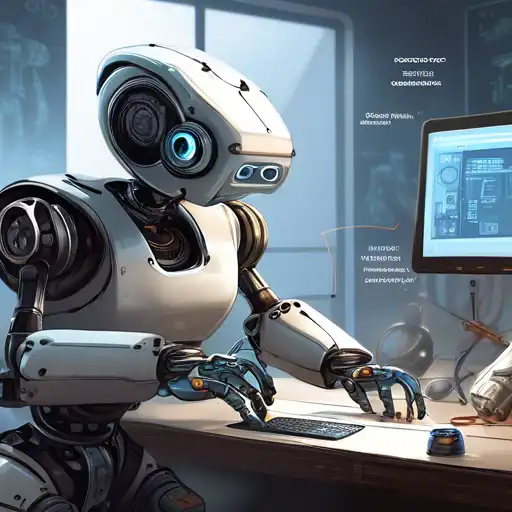Introduction to Robotics Programming
Robotics programming is an exciting field that combines the creativity of designing robots with the technical challenge of programming them to perform tasks. Whether you're a hobbyist looking to build your first robot or a student aiming to enter the field of automation, this guide will provide you with the foundational knowledge you need to get started.
Understanding the Basics of Robotics
Before diving into programming, it's essential to understand what robotics entails. Robotics is the branch of technology that deals with the design, construction, operation, and application of robots. Robots are programmable machines capable of carrying out a series of actions autonomously or semi-autonomously.
Choosing the Right Programming Language
One of the first steps in robotics programming is selecting the right programming language. Some of the most popular languages for robotics include Python, C++, and Java. Python is often recommended for beginners due to its simplicity and readability, while C++ is favored for its performance in controlling hardware directly.
- Python: Easy to learn, with a vast community and libraries for robotics.
- C++: Offers more control over hardware, making it ideal for performance-critical applications.
- Java: Provides a good balance between performance and ease of use, with strong cross-platform capabilities.
Getting Started with Your First Robotics Project
Starting with a simple project is a great way to apply what you've learned. Consider building a line-following robot or a basic robotic arm. These projects will help you understand the fundamentals of robotics programming, including sensor integration and motor control.
Resources for Learning Robotics Programming
There are numerous resources available for aspiring robotics programmers. Online platforms like Arduino and Raspberry Pi offer tutorials and community support for beginners. Additionally, books and online courses can provide structured learning paths.
Advanced Topics in Robotics Programming
Once you're comfortable with the basics, you can explore more advanced topics such as artificial intelligence (AI) and machine learning (ML) in robotics. These technologies enable robots to learn from their environment and make decisions, opening up a world of possibilities for automation and innovation.
Conclusion
Robotics programming is a rewarding field that offers endless opportunities for creativity and problem-solving. By starting with the basics, choosing the right tools, and gradually tackling more complex projects, you can build a solid foundation in robotics programming. Remember, the key to success is persistence and continuous learning.
